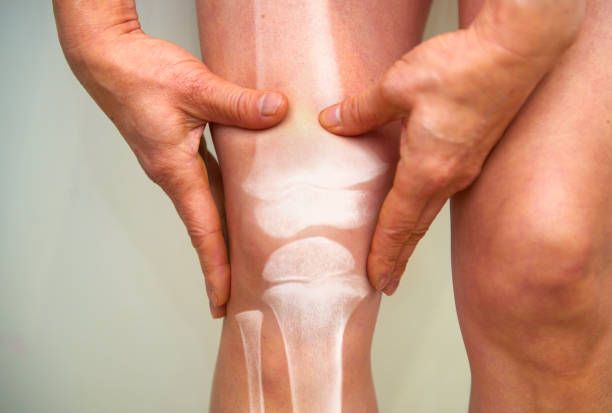Joint discomfort often gets dismissed as a normal part of ageing or temporary strain from physical activity. Many people wait months before seeking medical attention, hoping the pain will fade on its own. This delay can turn manageable conditions into chronic problems that may require extensive treatment and longer recovery periods.
Recognising Critical Warning Signs
- Persistent Pain That Disrupts Daily Life: Pain lasting beyond three weeks deserves professional attention at an orthopedic hospital. Morning stiffness that takes over an hour to ease, swelling that doesn’t reduce with rest, or discomfort that keeps you awake at night signals deeper issues. Joints might feel warm to touch or appear visibly deformed compared to their normal shape.
- Limited Range of Motion: Difficulty performing routine tasks like climbing stairs, opening jars, or reaching overhead indicates joint deterioration. Seeking evaluation at a hospital in Ranchi Jharkhand, a specialist facility ensures proper diagnosis. The body compensates for damaged joints by restricting movement, which seems protective but accelerates muscle weakness. Early assessment prevents this cycle from becoming permanent.
Preventing Long-Term Complications
- Expert Diagnosis Saves Mobility: Timely intervention stops progressive joint damage before it becomes irreversible. Cartilage breakdown, ligament tears, and bone deterioration worsen without proper treatment. What begins as occasional discomfort can evolve into debilitating arthritis that limits independence and requires assistive devices for basic movement.
- Identifying Underlying Causes: Joint pain stems from various sources including autoimmune conditions, infections, fractures, or degenerative diseases. Specialists distinguish between mechanical injuries and systemic illnesses through physical examination and patient history. Accurate diagnosis directs treatment toward the root cause rather than just masking symptoms.
Advanced Diagnostic Methods
- Imaging Technology Reveals Hidden Damage: Modern diagnostic tools provide detailed views of joint structures:
- X-rays show bone alignment, fractures, and arthritis progression
- MRI scans detect soft tissue injuries like torn ligaments or damaged cartilage
- Ultrasound identifies inflammation and fluid accumulation around joints
- CT scans offer three-dimensional views for complex fracture patterns
- Laboratory Tests for Comprehensive Assessment: Blood work reveals inflammatory markers, infection indicators, and autoimmune antibodies. Synovial fluid analysis from affected joints detects crystals associated with gout or signs of bacterial infection. These tests guide treatment decisions and monitor disease progression over time.
Minimally Invasive Treatment Options
- Arthroscopy for Precise Repairs: Small incisions allow surgeons to insert cameras and instruments directly into joints. This technique repairs torn cartilage, removes loose fragments, and reconstructs damaged ligaments with minimal tissue disruption. Patients experience less post-operative pain and return to normal activities faster than with traditional open surgery.
- Injection Therapies: Corticosteroid injections reduce inflammation and provide temporary pain relief for flare-ups. Hyaluronic acid injections lubricate joints affected by osteoarthritis. Platelet-rich plasma treatments use the body’s healing factors to repair damaged tissues naturally.
Personalised Treatment Approaches
- Customised Recovery Plans: Specialists consider age, activity level, overall health, and personal goals when recommending treatments. Athletes require different protocols than sedentary individuals. Treatment might combine physical therapy, medication, lifestyle modifications, and surgical intervention based on severity and patient preferences.
- Ongoing Monitoring and Adjustments: Joint conditions evolve over time, requiring regular follow-ups to assess treatment effectiveness. Specialists modify approaches based on response, side effects, and changing symptoms. This adaptive strategy optimises outcomes and prevents complications from progressing unnoticed.
Ignoring joint pain allows treatable conditions to become chronic disabilities. Early consultation with orthopaedic specialists provides accurate diagnosis, prevents irreversible damage, and preserves quality of life. Pain-free movement enhances independence and overall wellbeing. Schedule an evaluation if joint discomfort persists beyond a few weeks or interferes with daily activities. Professional care today prevents any regrets tomorrow.
Featured Image Source: https://media.gettyimages.com/id/1180192938/photo/x-ray-of-knee-osteoarthritis-and-rheumatoid-arthritis.jpg?s=612×612&w=0&k=20&c=kUHjRJPuR7x5Z35-1u7cGonAIXjgkhpZR-aP4FTl7yo=


